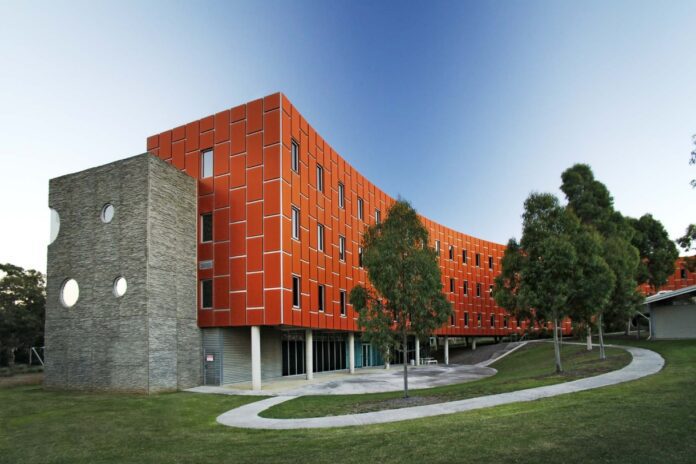
RMIT University has inaugurated the Trades Innovation Centre at its Bundoora East campus, a new facility designed to meet the surging workforce demand in Victoria.
In a news release, the university said the hub will integrate technology-driven teaching practices, simulations, and industry-leading equipment to provide students with job-ready and future-ready skills.
In particular, the Trades Innovation Centre responds to the projected demand for over 4,000 electricians, 2,400 plumbers, and 500 refrigeration mechanics in Victoria by 2025.
This initiative aligns with the Victorian Government Skills Plan and the Clean Economy Workforce Skills requirements, positioning RMIT to contribute significantly to addressing workforce shortages.
The centre covers a 1,700 square metre area, incorporating a 2.5-meter-deep sand pit, double-height ceilings, and a three-storey training rig simulating a construction site.
Its modular design allows for flexible multi-use spaces, fostering hands-on learning experiences for students.
In collaboration with the Wurundjeri Woi-wurrung Cultural Heritage Aboriginal Corporation, the centre is named “Murmuk-nganjin marnang,” meaning ‘We Work Hands,’ reflecting RMIT’s commitment to cultural recognition and inclusivity.
Furthermore, the facility emphasises practical learning, offering students exposure to simulated work sites, the latest tools, and live technology such as solar panels.
“Trade zones” within the centre enable students to witness the intersection and complementarity of different trades, enhancing their understanding.
RMIT Deputy Vice-Chancellor Vocational Education and Vice-President, Mish Eastman, highlighted the importance of investing in trades education to meet the evolving needs of Victoria’s workforce.
“There is a need for hundreds of thousands of additional construction workers in the next five years to meet evolving industry workforce requirements and government initiatives such as the Victorian Big Build,” Eastman said.
“In addition to meeting shortages in the workforce, the sector also needs to adopt technology innovation to improve productivity,” she concluded.




















